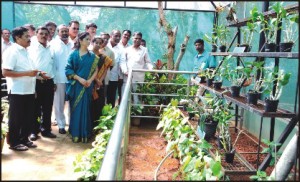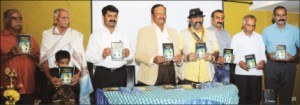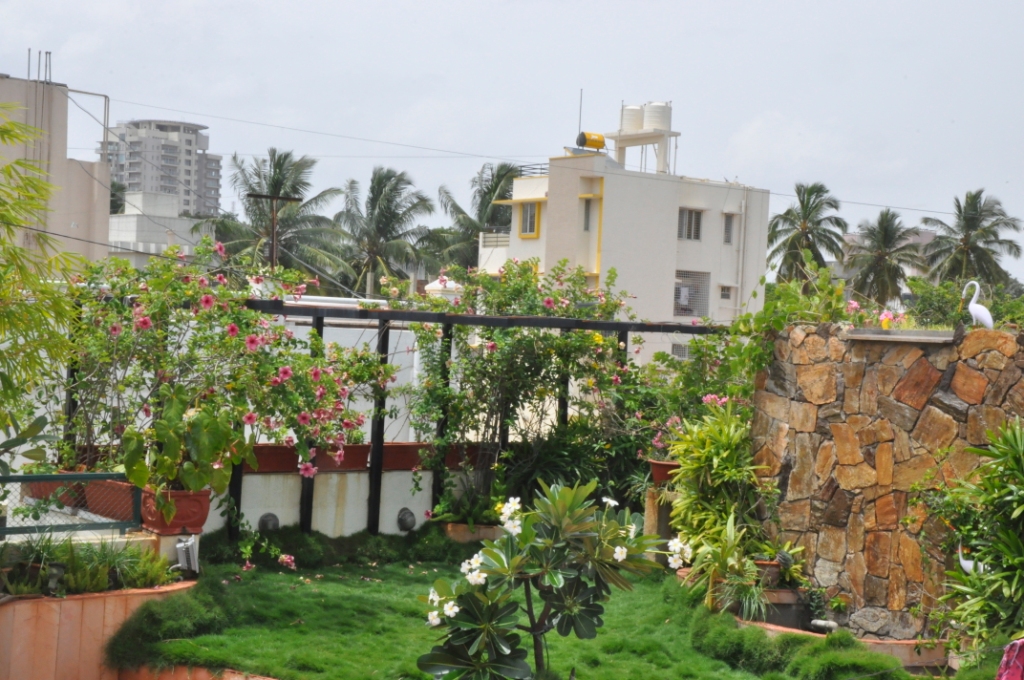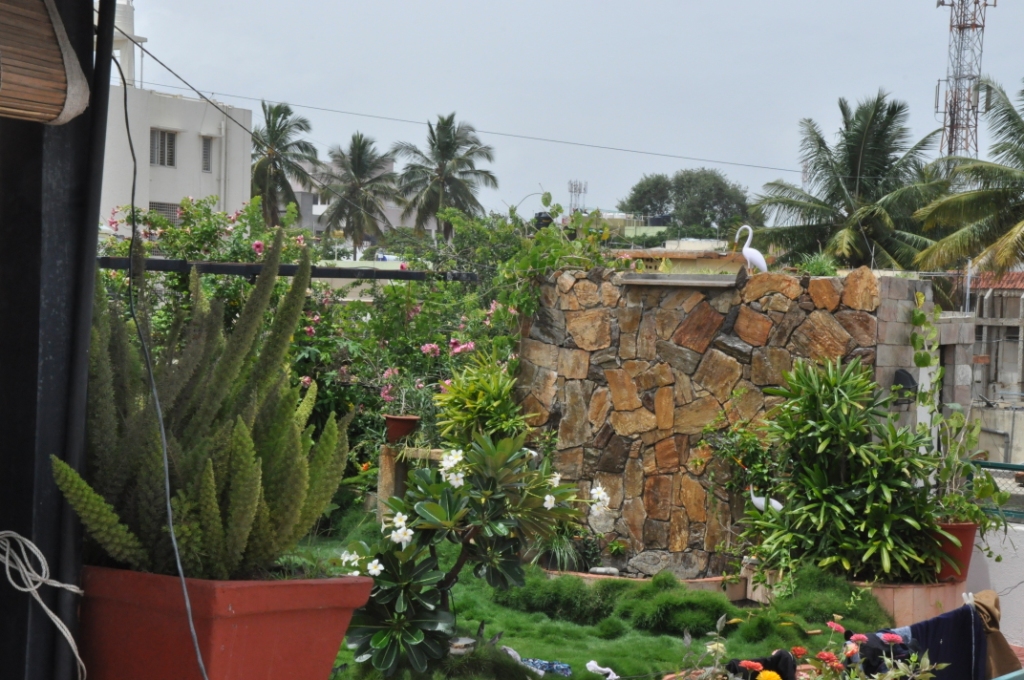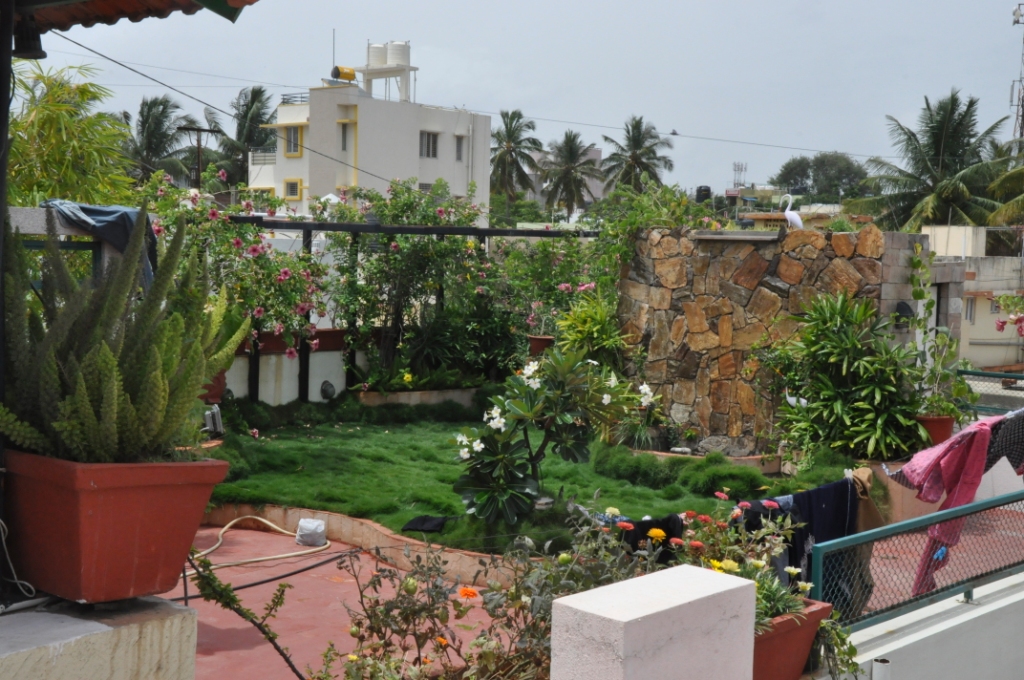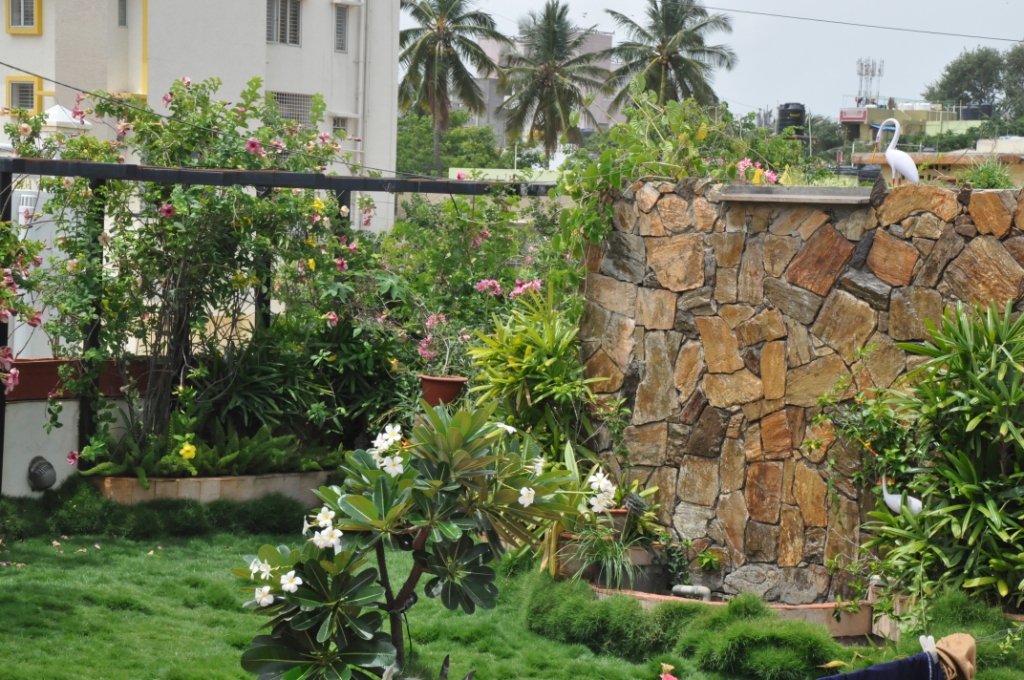For all thoe who wish to have delicacies prepared using fresh fish meat, the Karnataka State Fish Co-operative Federation (KSFCF) has introduced selling of live fish at kiosks in various parts of the city. These fish are cultured by the Department of Fisheries using latest technology in KRS backwaters at Meenakshipura near Mysuru.
This weekend Star Supplement gives a glimpse about the Federation, the Cage Culture and the benefits of eating fish.
Eat Fish to Stay Fit Cage Culture
S.N. Venkatnag Sobers
The Karnataka State Fish Co-operative Federation (KSFCF) which was initially started as Inland Fisheries Development Corporation functioned for a few years before it was closed down and re-started as KSFCF on Oct. 2, 1989.
The Federation has 275 Primary Fisheries Co-operative Societies as its members and is the apex body of the Fisheries Co-operative Society (FCS) in Inland Fisheries of the State.
This organisation was established to provide technical and financial assistance for the development of inland water bodies through the FCS. The Federation is also involved in production of good quality fish seeds and it supplies them to fish farmers. It also helps in marketing of fish through its retail kiosks put up in rural and urban areas. The Federation also implements Integrated Reservoir Fisheries Development Scheme through Primary Co-operatives.
The Federation has been running a total of 93 kiosks throughout the State which sell various variety of fish and fish delicacies. Out of the 93 kiosks, 38 are in Mysuru city, 14 in Mysuru rural, three in Chamarajanagar, 13 in Kodagu, nine in Mandya and 16 in Bengaluru city.
Gangadhara V. Maddikery, Managing Director, KSFCF, speaking to Star of Mysore, said that the Federation procures fish from the Co-operative Societies and supplies them to the kiosks. “During the off-season when fish production is low, we call for a tender in order to supply fish to the kiosks run by the Federation,” he added.
Recently, KSFCF launched a new concept of selling live fish at the kiosks in an effort to attract customers and to meet the demand of public for live fish. These fish are sold at various kiosks located in the city.
“The new concept was launched last week to provide quality fish for the customers. We have been selling ‘Pangasius’ (a variety of fish) at our stall which has received good response from the public. At times, the demand is such that we fail to supply the required number of fish to the kiosks,” said Gangadhara.
There are around 2,376 varieties of marine fish available in India with 1,923 varieties being fresh water species. Major varieties of edible fish in India include Catla, Rohu, Mrigal (which are Indian Major Carps) and a few exotic varieties which are imported from foreign countries.
The seeds of Indian Major Carps were brought from seas of North India to be cultured in the Southern part. These fish are commonly found in Ganges, Yamuna and Brahmaputra rivers and are in cultured in Bhadra River Project, Tunga Bhadra Dam, Kabini Dam and Nugu Dam.
Benefits extended to farmers
Government of Karnataka has extended benefits to farmers involved in fish culture. The Department of Fisheries has been helping the farmers in construction of ponds to culture fish.
For farmers belonging to SC/ST community, the Department has been giving a subsidy of 50% per acre and 40% to farmers belonging to general category. For those involved in intensive aqua culture, Rs. 40,000 is given as input subsidy per hectare.
The Department has also been extending help by providing Fish Seed Subsidy. Farmers have been supplied with the fisheries kits and fibre coracles. This year, the Department has introduced a new scheme under which the farmers belonging to SC/ST communities are provided with fishery kits and coracles worth Rs. 25,000 free of cost.
Transportation facilities are also provided at the district level for members of SC/ST Fishermen Co-operative Society and also the department provides 80% subsidy on vehicles costing around Rs. 5.5 lakh/ per unit. Zilla Panchayats have also been providing subsidy for two-wheelers and three-wheelers for fishermen to sell their fish.
This apart, regular training programmes are also organised to update the fishermen with the latest developments in the business.
Ramakrishna, Deputy Director, Department of Fisheries, Mysuru Zone, speaking to Star of Mysore, said that Mysuru has the potential to become the top zone in fish culture and added, at present, Bellary tops the charts in private land fish culture with more number of farmers involved in fish culture in Bellary, Raichur and Koppal districts.
Ramakrishna added that around 20,000 fishermen in Mysuru Zone were involved in fish culture with at least 5,000 of them being active throughout the year.
In a bid to encourage fish culture in the State, the Department of Fisheries has introduced ‘Cage Culture,’ a scientific method for fish culturing at Meenakshipura located at KRS backwaters. The project has been financed under Rashtriya Krishi Vikas Yojana (RKVY). The project was introduced in the year 2012-13 with an aim to culture maximum number of fish in lesser space retaining the natural habitat.
The fish seeds are stocked in the cages measuring 6 mts in length, 4 mts in width and 4 mts height. Around 40 to 60 seeds are stocked per cubic meter and a total of 4,000 seeds in 96 cubic meters. Each unit has 24 compartments which are considered to be one battery measuring 750 sq mts that is little less than ¼ acre. The yield compared to inland fish culture is much higher in Cage Culture.
Speaking to Star of Mysore, P. Nagaraj, Senior Assistant Director, Department of Fisheries and Special Officer, Cage Culture Project, said that the yield was 100 tonnes per ¼ acre in Cage Culture while in Inland Fish Culture, it was around three tonnes per acre with 4,000 fish seeds.
Cages are anchored with ropes tied to six stones on all the four corners with each stone measuring 50 kg. There is also a floating hut in the middle of the two batteries which houses the stock of feeds and other essential materials in case of emergency. There are people who live in these huts to monitor the cage and act at times required. Currently, there are around one lakh fish in the first unit, the seeds of which were stocked in the month of March, 2014.
Nagaraj said that before implementing the project, they had visited Saroda and Chirpani dams in Rajasthan and Chattisgarh respectively on a study tour where the new method has been implemented successfully.
Currently, the Department has been culturing ‘Pangasius,’ the variety of fish that is being sold live at various kiosks across the city. The meat of the fish is smooth and hence care should be taken while cooking. There are no scales on the fish and the skin can be removed to reduce the fat content. This apart, there is fat deposition even near its gills which can also be removed to reduce the fat. While preparing kebabs and fry, the skin should be removed and it can be retained during curry preparation.
The project is being managed by a committee named ‘Cage Culture Project Implementation Committee’ headed by Joint Director Dr. N.R. Ramakrishna as its Chairman. The Committee also has five members with Principal Scientist of Central Inland Fisheries Research Institute (CIFRI), Bengaluru, as its Member Secretary. The total cost of the project is Rs. 2.34 crore which is completely funded by the Government of Karnataka.
The government is also contemplating about implementing the project in other reservoirs across the State to encourage fish culture.
Benefits of eating fish
Regular consumption of fish can reduce the risk of various diseases and disorders. Selected research findings indicate the following:
Asthma: Asthma cases are less among the children who eat fish.
Cancer: The Omega3 fatty acids in fish helps reduce the risk of many types of cancers by 30-50%.
Cardiovascular Disease: Eating fish every week reduces the risk of heart disease and stroke by reducing blood clots and inflammation, improving blood vessel elasticity, lowering blood pressure, lowering blood fats and boosting ‘good’ cholesterol.
Dementia: Elderly people who eat fish or seafood at least once a week may have a lower risk of developing dementia, including Alzheimer’s disease.
Depression: People who regularly eat fish have a lower incidence of depression (depression is linked to low levels of Omega3 fatty acids in the brain).
Diabetes: Fish helps people with diabetes manage their blood sugar levels.
Inflammatory conditions: Regular fish consumption may relieve the symptoms of rheumatoid arthritis, psoriasis and autoimmune diseases.
Prematurity: Eating fish during pregnancy helps reduce the risk of delivering a premature baby.
Eyesight: Breast-fed babies of mothers who eat fish, have better eyesight as the Omega3 fatty acids are transmitted through breast milk.
source: http://www.starofmysore.com / Star of Mysore / Home> Feature Articles / Saturday , December 13th, 2014





